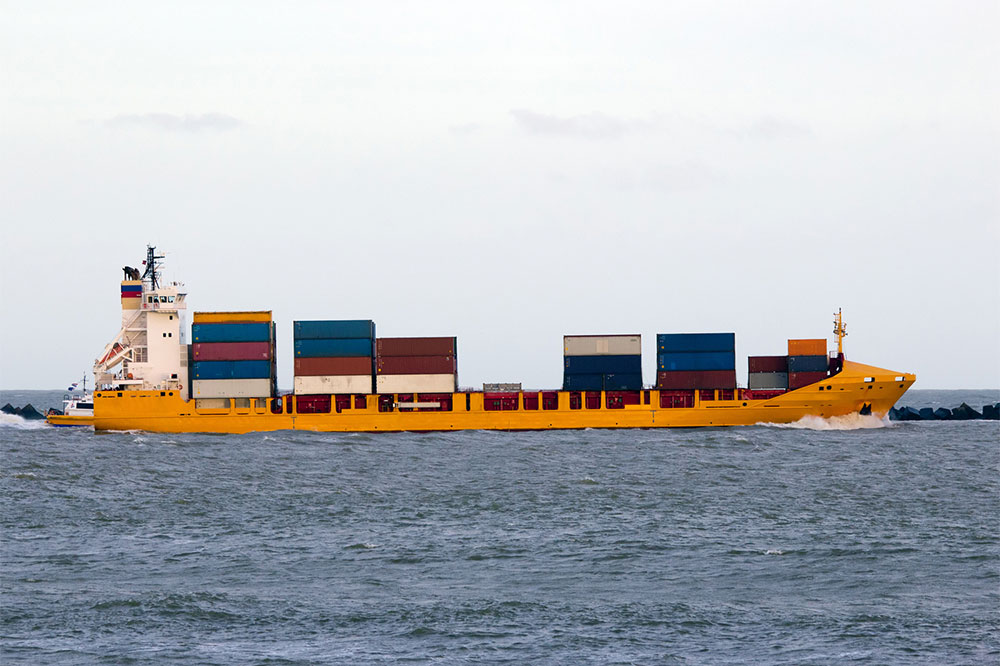Comprehensive Guide to Modern Supply Chain and Logistics Strategies
This comprehensive guide explores modern supply chain and logistics strategies, emphasizing transportation, warehousing, inventory management, customs compliance, and emerging technological trends. It highlights how businesses can optimize operations for cost efficiency, speed, and sustainability, ensuring timely delivery and customer satisfaction in a dynamic global economy.

In-Depth Exploration of Supply Chain and Logistics Management
In today’s fast-paced global economy, optimizing supply chain and logistics operations is crucial for businesses seeking to deliver products efficiently, cost-effectively, and securely. These functions serve as the backbone of commerce, encompassing a broad spectrum of activities such as transportation, warehousing, inventory management, customs compliance, and last-mile delivery. This expansive guide aims to provide a detailed understanding of the various components and emerging trends within supply chain and logistics to help companies stay competitive in an increasingly interconnected market.
Defining Supply Chain and Logistics Services
Supply chain and logistics involve the strategic planning, implementation, and oversight of the movement and storage of goods, information, and services from suppliers to end consumers. The primary goal is to ensure products reach customers in a timely and cost-efficient manner while maintaining high service quality. This involves coordinating multiple stakeholders and processes to streamline operations, reduce expenses, and enhance customer satisfaction.
The core purpose of effective logistics management is to meet customer expectations while minimizing operational expenses. This requires meticulous planning and execution across various logistical functions. The main components of supply chain and logistics include transportation, warehousing, inventory control, shipping coordination, customs compliance, and last-mile delivery, each playing a vital role in ensuring seamless operations.
Transportation
Transportation is the most visible and vital aspect of supply chain logistics, responsible for moving goods from origin to destination. Different modes of transportation are chosen based on factors like cost, speed, distance, and the nature of goods:
Trucking: Ideal for regional and short-distance deliveries, offering flexibility and quick turnaround times.
Rail: Suitable for transporting large volumes of heavy freight over long land distances efficiently and cost-effectively.
Air Freight: The fastest mode for high-value or time-sensitive shipments, though at a higher cost.
Maritime Shipping: The most economical option for bulky, heavy, or non-urgent goods crossing seas or oceans, supporting international trade.
Warehousing
Proper storage facilities are fundamental for inventory management and order fulfillment. Warehousing involves storing products securely until they are needed for distribution. Warehouses come in various types tailored to specific logistical needs:
Public Warehousing: Rental-based storage spaces accessible to multiple clients, offering flexibility without long-term commitments.
Private Warehousing: Owned and operated by companies, providing control over storage conditions and security.
Bonded Warehousing: Used primarily for imported goods awaiting customs clearance, allowing storage without immediate duty payments.
Inventory Control
Effective inventory management employs advanced tracking and data systems to optimize stock levels. Maintaining the right amount of inventory is vital to meet demand while avoiding excess storage costs or stockouts. Implementing technologies such as RFID, barcode scanning, and AI-based analytics enhances accuracy and efficiency in inventory control.
Shipping Coordination
This involves scheduling, documentation, freight booking, and managing transportation routes. Proper coordination ensures timely pickups, dispatches, and delivery schedules while controlling transportation costs. Coordinators liaise with carriers, customs officials, and clients to streamline processes and resolve potential issues swiftly.
Customs and Trade Compliance
In international logistics, understanding customs regulations, tariffs, and documentation is imperative. Licensed customs brokers and trade specialists facilitate cross-border transactions, ensuring adherence to laws and preventing delays or penalties. Trade compliance also includes managing import/export licenses and verifying documentation accuracy.
Final Delivery Services (Last-Mile Delivery)
Last-mile delivery focuses on transporting goods from regional hubs to customers' doorsteps. This phase is critical for customer satisfaction and often the most costly part of logistics. Companies leverage advanced routing algorithms, real-time tracking, and local courier networks to optimize last-mile operations.
Effective logistics management offers numerous benefits, including:
Significant cost savings through route optimization and efficient storage solutions
Enhanced customer experience via timely and reliable deliveries
Increased competitiveness by adopting flexible supply chain models
Risk mitigation through insurance coverage and real-time monitoring systems
Commitment to sustainability, reducing the environmental footprint of logistic activities
Nevertheless, the logistics industry faces ongoing challenges such as fluctuating fuel prices, complex regulatory environments, technological integration hurdles, and security threats. To overcome these, companies are increasingly turning to innovation—integrating automation, artificial intelligence, blockchain technology, and the Internet of Things (IoT)—to enhance transparency, efficiency, and sustainability. Staying current with these trends is crucial for supply chain resilience and success in a competitive marketplace.





